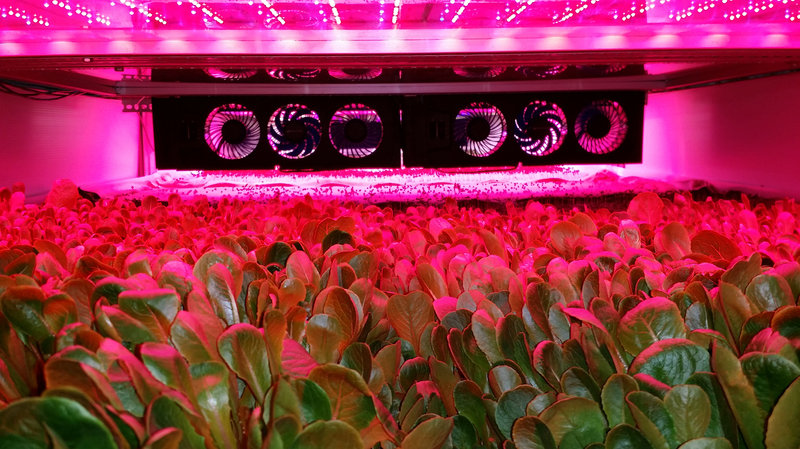New Jersey is known as the ‘Garden State,’ a name which has led to many jokes considering the tiny state’s dense population numbers—it has long been one of the most densely populated states in the nation—but New Jersey natives are no strangers to farming. Farming is one of the main industries in the state, albeit behind pharmaceuticals and tourism, with about 20 percent of the state’s land being designated as some type of farm land. It goes to show how important farming is to our nation and how adaptable Agriculture can be. That adaptability characteristic is adding another branch with vertical farming. NPR reported on a new vertical farm—AeroFarms in Newark—that joins the growing ranks of working vertical farms; the idea was first proffered in the 2010 book, The Vertical Farm: Feeding the World in the 21st Century, by Columbia University Professor Dickson Despommier. In an old downtown building that once was a store and then a nightclub, AeroFarms is running a test farm and growing a variety of greens using LED grow lights for the plants’ leaves and nutrient-filled mist for the roots. The vertical farm consists of long trays filled with greens stacked one on top of the other within a metal frame; the whole setup rises over 30 feet. Proponents of vertical gardening maintain that it offers fresh food—in this case, a variety of greens, like watercress and mustard greens—to the people in the immediate area, thus saving transport costs and energy. Others argue that using LED grow lights rather than free, natural sunlight is a waste of energy that could negate savings that are both environmental and monetary. For instance, BrightFarms—another vertical farming operation—utilizes sunlight rather than LEDs. So far, vertical gardening has really only been successful with greens—fruits, vegetables and grains require more sunlight than can be delivered—but AeroFarms is going ahead with a $39 million, 70,000-sqft facility in Newark; it will be the largest vertical farm in the world. While vertical farming isn’t the end-all-be-all in the world of Agriculture, it is another example of how those in the Ag industry are always innovating and adapting; it’s those characteristics that will feed the world. Photo courtesy of AeroFarms
Vertical Farming Growing by Leaps and Bounds
By martin|2018-11-13T08:52:23-05:00August 6th, 2015|Agriculture, Business, Community|Comments Off on Vertical Farming Growing by Leaps and Bounds



